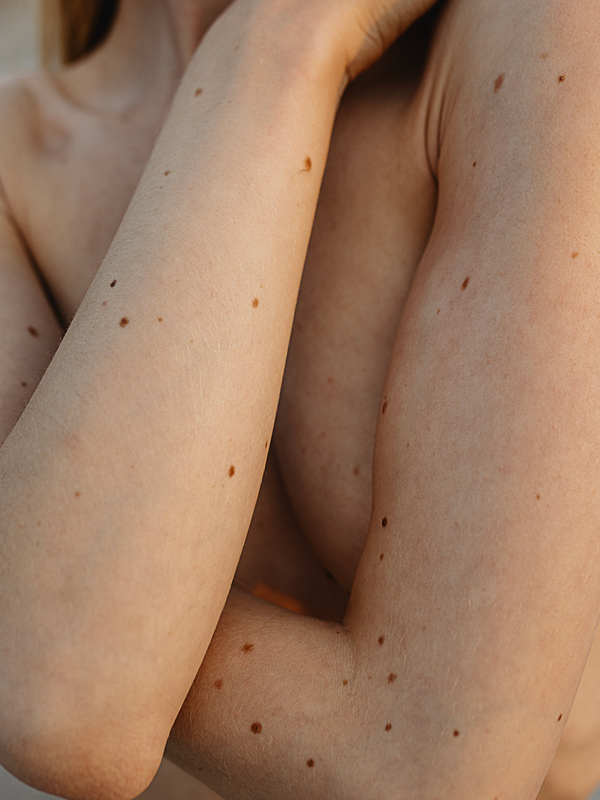
Snapchat Dysmorphia: Everything You Need To Know
A study, published in the JAMA Facial Plastic Surgery Viewpoint, found that when patients enter a clinic for a cosmetic consultation, they’re no longer bringing photos of other celebrities, but altered images of themselves.
This doesn’t mean people want to look like dogs have a permanent flower crown attached to their foreheads, but rather they’re after the effect of smoother skin, defined cheekbones, smaller noses, slimmer faces and brighter eyes that most Snapchat filters provide. This desire to physically change your appearance to look more like you do after a filter’s been applied is what experts are now calling ‘Snapchat dysmorphia’.
The term, coined by cosmetic doctor Tijion Esho, is a form of body dysmorphic disorder (BDD), a mental health condition in which someone “spends a lot of time worrying about flaws in their appearance,” as defined by the NHS. The condition affects both men and women but is more common in young people and teenagers.
Dr Jonquille Chantrey, Cosmetic Surgeon and International Aesthetics Lecturer, tells SL that in the past couple of years, it has become much more common for patients to ask her if they can achieve a Snapchat filter appearance. “Sometimes [they bring in pictures] – more so with the under 30-year-olds. They will comment on their uneven skin, dark circles under their eyes and jawline that they want more defined.”
BDD, which is classified on the obsessive-compulsive spectrum, is worryingly common, currently affects around one in every 50 people – and rates are expected to continue to rise, as millennials continue to be influenced by what they see online.
Dr Chantrey worries that people are under the impression that filters have made people think that surgery – whether it’s getting smoother skin or having rhinoplasty or lip fillers – is a quick and easy fix. “It’s so easy to improve your photos that unfortunately people think it’s just as easy to achieve these in real life,” she says. “Some improvements can of course be a quick fix, but it all depends on the underlying anatomy and expectation levels.”
The obvious line between what we look like in person and what we look like online is becoming more and more blurred. Dr Esho, who says he turns patients away if they seem too obsessed with looking like a filter, says it’s when the filtered images stop becoming a point of reference and just how the patient wishes to view themselves that’s the real problem – especially for those suffering from BDD: "We now see photos of ourselves daily via the social platforms we use, which arguably makes us more critical of ourselves. Patients using pictures of celebrities or Snapchat-filtered versions of themselves as reference points is okay. The danger is when this is not just a reference point, but it becomes how the patient sees themselves, or the patient wants to look exactly like that image."
The emergence of Snapchat dysmorphia seems to come as proof to previous studies that found social media negatively impacts self-esteem and increases the risk of mental health problems; in one 2015 report from the Office for National Statistics, more than a quarter of teenagers who use social media for more than three hours a day were found to have mental health issues.
Dr Chantrey says these images can be useful if used in the right way: “In a way it’s quite helpful to understand their point of view, concerns and expectations. I can then give them honest advice. Yes – many of my patients look almost as good as their filters but those are the ones that make an effort with their at-home skincare that I prescribe for them.”
But, for those who are displaying characteristics of BDD, researchers recommend giving the patient some additions screenings to check for underlying issues. "Further questions should be asked to screen for any element of body dysmorphia,” Dr Esho says. "Treating patients that do show those red flags is not only unethical, but also detrimental to the patient, as they need something that no needle or scalpel can ever provide."
For more information about BDD, including common symptoms and how to seek help, visit NHS.UK
Inspiration Credits: Snapchat.com
DISCLAIMER: We endeavour to always credit the correct original source of every image we use. If you think a credit may be incorrect, please contact us at info@sheerluxe.com.







